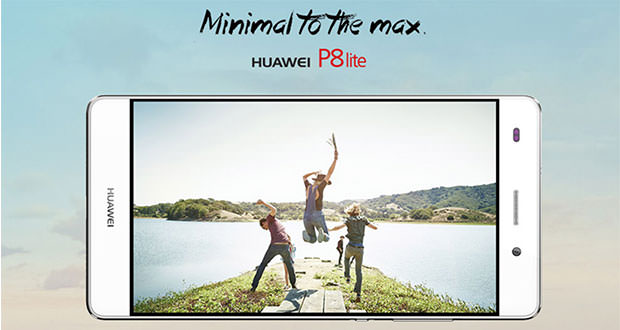Display and Camera
In the front of the smartphone we display that measures 5 inches diagonally and has a resolution of 1,280 x 720 pixel HD. This is not definitely a display of high definition but we can assure you that the images are still sharp and the difference with a FullHD display, while noting it is not as important as you might think.
We have found that it is a good display quality of Huawei P8 Lite. The colors are reproduced faithfully and fairly, although the reference triangle covers an area slightly larger, we are facing a solution certainly valid. The accuracy of the white point is quite good since it is only slightly shifted to the cooler tones of the color range.
Brightness is only fair. The maximum value we detected with our measuring a value of around 300 nits. It is not a display super bright but well compensated by the excellent depth of black that allows to have a contrast ratio quite high, making this display discretely visible even in adverse light conditions.
Definitely good, the angle of vision, as we can see from the photo above, allows you to have a complete view of the information screen in the event that the same result much inclined to our visually. Both tilting the smartphone is on the vertical axis on the horizontal one, we only a slight loss of brightness but the colors remain unchanged as well as the color fidelity of the same.
A good multimedia sector, as well as a display height, should consist of a camera capable of capturing images with an equally high quality. From this point of view Huawei P8 Lite provides a sensor from well 5 megapixel in the front part, able to guarantee excellent selfie, and a counterparty inserted in the back cover can capture photos up to 13 megapixels of resolution. On paper, it seems a good solution but how it works, in reality this camera?
In situations of favorable light, as we can see from the above reported and by its enlarged detail at 100%, the camera of this Huawei P8 Lite offers performance aligned with those of other smartphones of the same wing, indeed, in some cases even higher. The details are distinct and even the definition is so good to be able to distinguish the texture on leaf placed next to the body of the bee, the head of which we can also observe the grain of the wood.
It is well known, that the real problems arise, when the lighting conditions are made adverse or when light is scarce. Hence above shows the same picture taken in almost total absence of light. The result obtained is very different. Indeed, we can notice a common background noise in an attempt to be softened and camouflaged, makes the picture much less clear, kneading the details in a kind of watercolor effect. Given the conditions we are still very complicated on a fairly good level, with results displayed on the screen are still acceptable. Of course, we cannot think of printing an enlargement of one of these images, but we believe it is a scenario of use quite unique.



